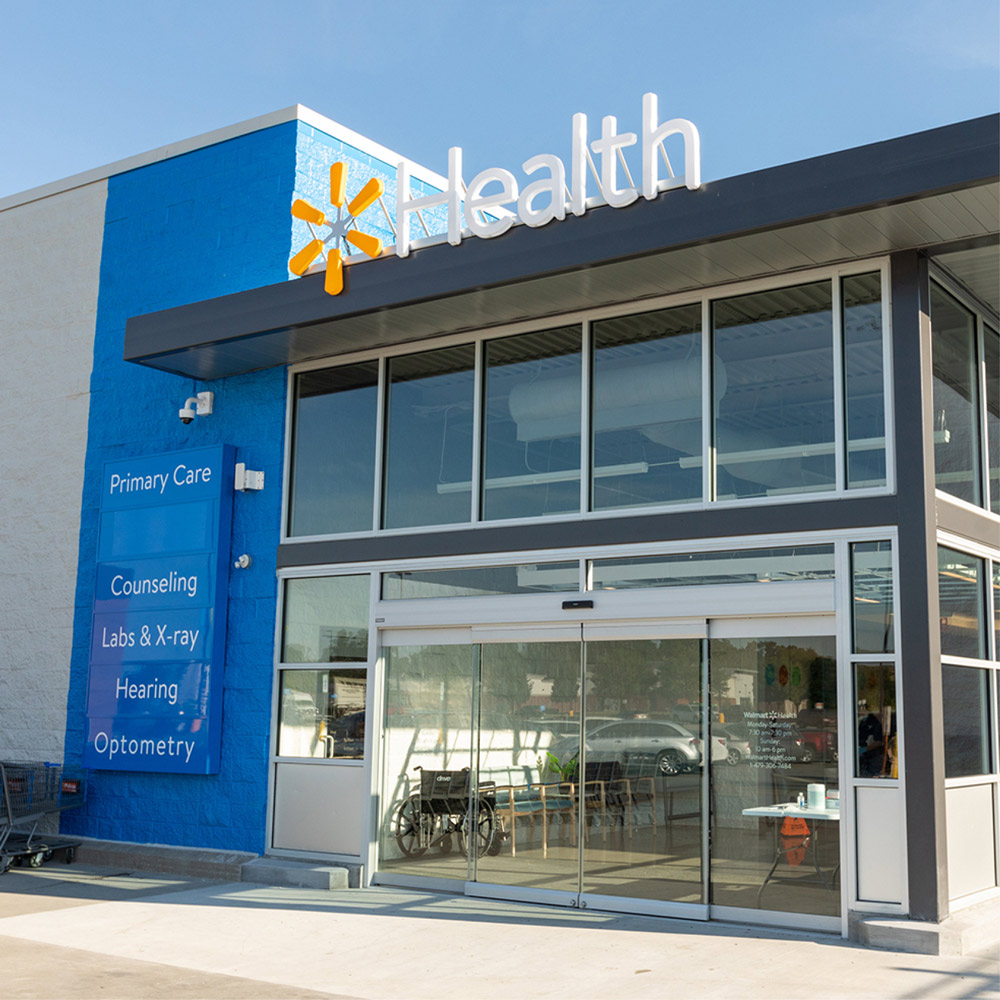Well-being is more than a slogan. It’s becoming a consumer mandate for convenient, affordable care. Healthcare providers have responded with a range of options. On the surface, tech-enhanced healthcare has become a lot easier. Televisits are proving to be more time effective and just as helpful as an appointment with your local doctor. But is healthcare leaving a big opportunity on the table for retailers to swoop in and steal? The answer is wholeheartedly yes.
Personalized Healthcare
While some people like the idea of scheduling televisits for medical emergencies and even for persistent problems, many consumers want a personal relationship with their primary care doctors. Recently, patients have had to schedule in-person appointments months (even a year) in advance if they want to stay with their regular doctors. Really? Who knows where they’ll be and what’s on their schedules a year from now? Personalized healthcare has become a destination appointment on steroids.
Retailers have a golden opportunity to step in and become local healthcare solution providers. We’re not suggesting that retailers become doctors; they have more than enough roles to play. But there is a growing opportunity to provide ancillary healthcare services. Some retailers already get it in terms of providing personalized care. Others still see their roles as transactional solutions or middlemen between consumer and provider.
Local Retail Healthcare Solutions
Savvy retailers see themselves as a community hub for a range of services, including a healthcare provider that patients can visit for ad hoc problems and health questions. There’s a great upside in customer service as local retail healthcare centers provide quicker access to appointments and doctors. In other words, a retail healthcare provider is readily available to meet your needs when you need it.
It can be a portal to a local resource for wellness without the hassle of making appointments a year in advance. Retailers can also offer the all-important human touch in a trusted store in the neighborhood — whether it’s Best Buy, Walmart, and Walgreens.
Healthcare Brand Extensions
Here’s an example of building a healthcare business that feels natural and authentic. Best Buy started selling state-of-the-art hearing aids last year. And earlier in 2021, it acquired Current Health, a technology company that provides remote patient monitoring to help families better monitor health and well-being in their own homes.
Best Buy Health is leveraging its existing sophisticated IT infrastructure, strong supply chain networks, and robust analytics capabilities to provide patient education and at-home care using urgent response, telehealth technology, patient engagement tools, and support for independent living. About 75% of the U.S. population is located within 15 minutes of a Best Buy store. This is a perfect example of a brand moving into a new service that is a logical extension of its trusted tech expertise.
Walmart plans to double its in-store clinics and recently partnered with UnitedHealth to provide Medicare services in a 10-year deal. By the end of 2024, there will be more than 75 Walmart Health Centers that are staffed with doctors, dentists, behavioral health specialists, and community health workers. With 90% of the U.S. population located within 10 miles of a Walmart, the company’s health service becomes a vital neighborhood wellness asset. The nearly 5,800-square-foot centers located inside Walmart Supercenters will offer a full suite of health services, including primary care, dental care, behavioral health, labs and X-ray, audiology, and Walmart Health Virtual Care telehealth services.
Walgreens is planning to expand its current offering of pharmacy and wellness products to include more than 500 full-service doctor’s offices through its VillageMD brand. This addresses a consumer shift from using urgent care as a one-off visit to a need for building a personal relationship for their healthcare needs. Retail healthcare delivers on the promise of personal attention and personalized care.
Amazon Strides Ahead
The elephant in the room is how Amazon is systematically stealing the RX and healthcare business away from other providers. After all, the prescription business is a distribution model. Amazon has the tech infrastructure, a base of over 200 million Prime members, and fulfillment capabilities to deliver its PillPack service. Currently, Amazon ships 1.6 million packages a day and has built a behemoth of same-day, two-day, and one-day deliveries. Earlier this year, Amazon announced RXPass, an unlimited prescription medication delivery program for $5 a month whereby prescriptions are sent directly to a Prime member’s door or mailbox.
Amazon also announced earlier this year its acquisition of One Medical for $3.9 billion. The personal care membership program offers on-demand virtual and in-person healthcare services in over 125 physical locations. The network includes lab tests, preventative care, chronic care management, mental health therapy, and remedies for common illnesses. The company addresses many of the pain points that patients are dealing with today and competes against the traditional doctor’s office model by offering same-day appointments, longer appointments so patients do not feel rushed, and drop-in lab services. One Medical is the primary healthcare provider for leading companies like Airbnb, Allbirds, Nasdaq, and, ironically, Google. While One Medical is not branded as an Amazon service, it does offer its Prime members savings off their first year of membership.
Retail Pet Healthcare
And it’s not just about people. Pet health has become another service that retailers are providing. Chewy.com has made pet insurance a priority, embarking on a mission to make pet healthcare more affordable and accessible for everyone. The company offers a suite of wellness and insurance offerings as part of its CarePlus services. According to the North American Pet Health Insurance Association (NAPHIA), over 5.36 million total pets are insured across North America (a 21.7% increase from the 4.4 million total pets insured in 2021). Chewy also has an online connect- with-a-vet service and a pharmacy for pet medications. It’s a natural synergy from a trusted online brand.
Caveats
There is one pushback that could cobble the retail healthcare business. Some customers fear that the brands will use data and analytics to look for patterns that may compromise their privacy. For example, a Prime customer may not want Amazon to know they are refilling 15 different RXs or that they are ordering anti-depression medicine. A Walmart customer might not want the brand to know they visited two doctors in a month.
The point is consumers think retail already has so much data on them they really do not want to give them highly personal information about themselves. They know Amazon knows where they live, what they listen to, what they watch, what they buy, and what they say in their conversations (hello, Alexa). Are there really guardrails on their wellness data? Point in case, according to what is now retail folklore, years ago (2012), Target got into hot water when an enraged father marched into a Minneapolis store after seeing promotions about baby products sent to his teen daughter. He didn’t realize she was pregnant, but Target did.
The Wake-Up Call!
Major retailers have deep pockets, large loyalty programs that boast millions of members, back-of-house infrastructure, and front-of-house customer service to steal market share from traditional healthcare providers. As more and more retailers look for additional ways to build loyalty and add revenues, this is an attractive market.
The future of retail healthcare is a holistic ecosystem that encompasses products, services, and wellness. A trusted retail brand that provides a wellness oasis for customers is a modern model for being relevant and meaningful in serving its community.




